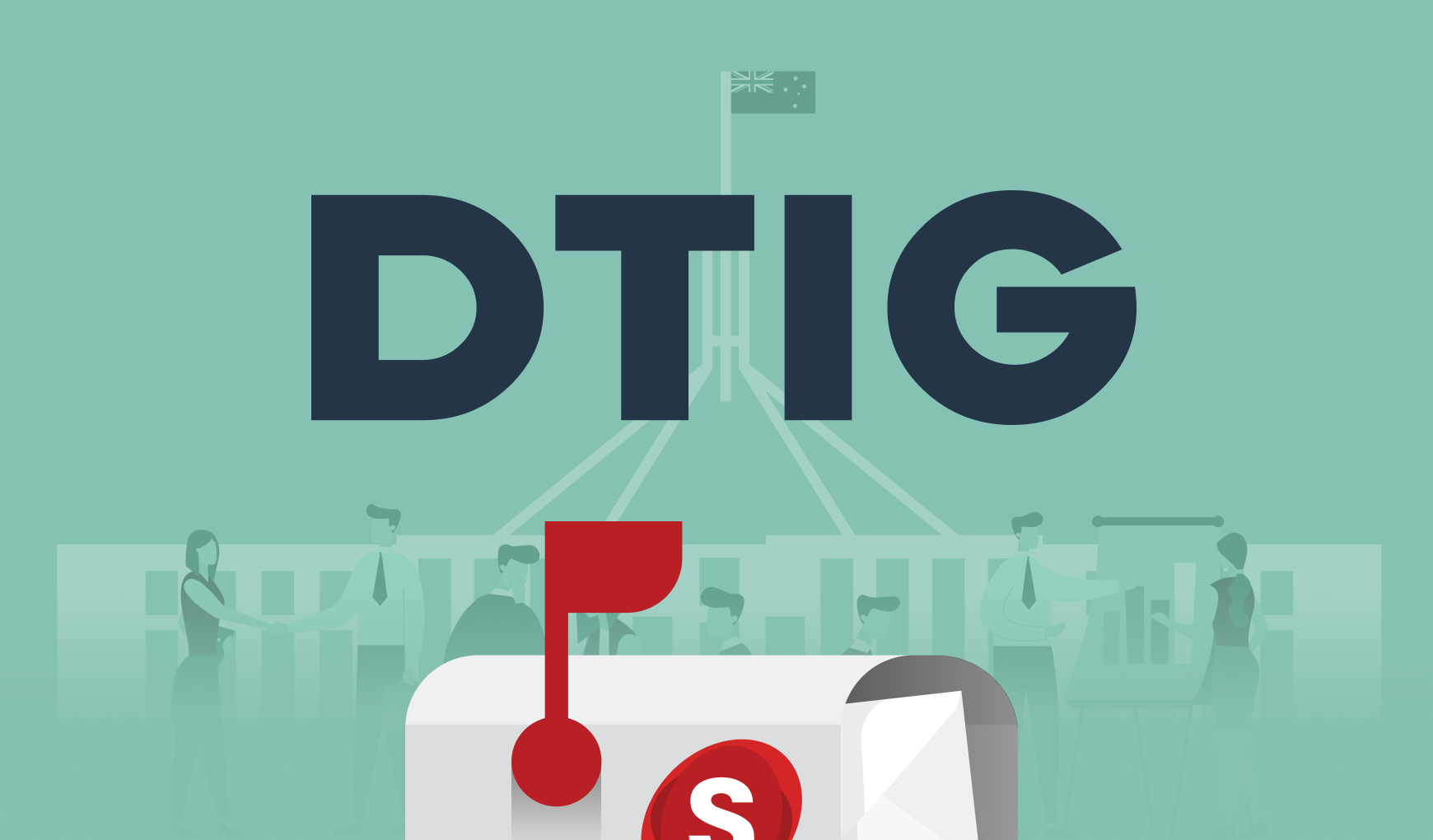Some context
Full disclosure...yes, the new vendor is Salsa Digital, in partnership with . So this issue of DTIG looks at the solution we pitched to Finance, the solution that ultimately won us the job. But if you’ve been following this series for a while (we started in February 2016), you’ll know this is a first for us. Normally we highlight cool case studies, innovative solutions, policy changes and government/technology-based causes (with no focus on Salsa at all). This edition IS about all of those things...it just happens that it’s a Salsa-designed and driven project. But don’t worry, this isn’t going to be a self-promotion blog. It’s ‘just the facts, ma’am’...as always and will help get you up to speed with GovCMS and the future.
Brief GovCMS intro
GovCMS is a whole-of government website management platform for government built on the open source content management system (CMS) Drupal. It was officially launched by the Department of Finance in February 2015.
GovCMS in itself is a great case study of digital transformation in government. It was set up as a unified platform so government at all levels (federal, state and local) could use the system to build a website quickly and cost-effectively, while also benefiting from the already-vetted solution.
Some of the benefits GovCMS delivers include:
A stable and reliable CMS
24x7 enterprise support and proactive monitoring
Security compliance at the highest level
An easy-to-use CMS
Compliance with DTA’s Digital Service Standards and the Web Content Accessibility Guidelines
Responsive to all devices — desktop, tablet and smartphones
Next generation GovCMS
Salsa Digital and amazee.io’s joint press release, Salsa Digital and amazee.io to build next generation GovCMS platform, announces the contract win. However, this DTIG blog will focus more on what the new platform will look like, how agencies will benefit, and how/why the new platform demonstrates digital transformation in government.
Cutting-edge web development tools
First off, the new GovCMS system will be built on amazee.io’s open source hosting platform, Lagoon. This is the first time the GovCMS stack will be entirely open source and one of only a few examples around the world of government using an open source hosting platform.
One of the technical elements that Lagoon brings to the GovCMS system is the ability to use containerisation within the GovCMS/Drupal environment. A container is a way to package an application and its dependencies so it becomes very easy to install the application. Developers love this tool...love the benefits it delivers ‘behind the scenes’. Containers make it faster and easier to deploy changes, which delivers benefits to agencies. Containers also help websites autoscale (so they can respond to traffic spikes), delivering better website performance for citizens.
As Finance said in its : “GovCMS websites will operate in a fully containerised environment which will reduce and simplify agency development efforts, with the same setup and configuration across environments. All SaaS websites will be highly available, with a guaranteed uptime of 99.99% and have self-healing capabilities.”
To implement this new containerisation component, the next generation GovCMS system will use:
— the open source tool used to implement containerisation, to build containers.
— the container application platform that automates the build, deployment, and management of enterprise applications on Kubernetes.
— the open source orchestration system that automates the deployment, scaling, and management of containerised applications. It also contains self-healing capabilities to resolve site issues.
If you want some more technical information on containers you can read our blogs What is containerisation? and Containers and OpenShift. You may also be interested in our interview with amazee.io’s Michael Schmid on the future of open platforms.
The next generation GovCMS will also feature continuous delivery (CD) and continuous integration (CI). Continuous delivery allows software changes (build, test and release) with greater speed and efficiency. Continuous integration frequently integrates new code with existing code to create a smoother integration process.
Helpdesk
The new GovCMS will also include a helpdesk tailored to government agencies, so agencies with GovCMS websites can go through a standard, fast process for lodging any site problems and queries. The helpdesk will continue to provide 24/7 monitoring and emergency response.
Community engagement
The next generation GovCMS will also feature non-technical enhancements, such as Salsa’s Community Engagement Blueprint. As an open source system, GovCMS is about a community of developers and public sector employees working together to create better solutions, contribute back to the community, and re-use existing solutions. The new Blueprint looks at how we can improve engagement to deliver on the knowledge-sharing potential even more. The better the community works, the better for everyone, including Australian citizens who’ll have access to improved online services and will benefit from government cost-savings.
Salsa Digital’s take
The open source movement, in general, provides many advantages to government with flow-on benefits to citizens. Finance’s decision to go with a fully open stack takes this open source commitment one step further and that, coupled with the many planned GovCMS enhancements, makes the next generation GovCMS a great example of digital transformation in government. And now it’s time for the hard work to start!

